
A Dangerous Habit When Washing Chopsticks — A Common Mistake That Could Harm Your Family’s Health
Most people don’t realize that a simple mistake when washing chopsticks can make this everyday utensil a breeding ground for harmful substances.
During hot and humid months, mold thrives easily. Under the right temperature and moisture conditions, mold spores can quickly germinate and multiply.
Chopsticks — a staple in every Vietnamese household — are one of the most easily contaminated kitchen items but are often overlooked. Because they are used daily, the risk they pose is even higher.
Why Wooden and Bamboo Chopsticks Are at Risk
Wooden and bamboo chopsticks are durable, lightweight, and commonly used. When new, their smooth surface makes them easy to clean and resistant to bacteria. However, after months of use, the surface becomes rough and porous, making it difficult to wash thoroughly and easy for bacteria and mold to grow.
Many families use the same pair of chopsticks for years. Although they may look clean to the naked eye, microscopic cracks and stains can harbor mold and bacteria — including aflatoxins, substances that can damage the liver and are classified among the most harmful natural toxins.
What the Research Says
The Shanghai Consumer Council once conducted a study involving 200 used pairs of chopsticks from households and 660 new pairs made of different materials — including wood, bamboo, stainless steel, melamine, and alloy. They tested them for mold growth and disinfection efficiency.
Results showed that:
-
Chopsticks used for more than six months had a 30% higher chance of mold growth compared to new ones or those used for only three months.
-
Wooden and bamboo chopsticks had seven times more mold than stainless steel, melamine, or alloy ones.
These natural materials have a loose structure and tiny grooves that easily trap moisture and food particles — ideal conditions for mold and bacterial growth, especially when exposed to water frequently.
The Dangerous Washing Habit Everyone Does
According to Dr. Wu Anhua, Chief of the Infectious Diseases Department at Xiangya Hospital (Central South University, China), rubbing chopsticks together while washing is one of the worst habits.
This motion creates micro-scratches on the surface, which quickly trap bacteria and speed up deterioration.
Another mistake is soaking chopsticks in detergent for too long. Over time, chemicals from the soap can penetrate the material, and if not rinsed properly, they create a moist environment where bacteria thrive.
Moreover, many households don’t dry their chopsticks completely before storing them in a container, where moisture accumulates — an ideal setting for mold growth and toxin formation.
How to Clean and Store Chopsticks Properly
To keep your chopsticks hygienic, it’s essential to follow these four steps:
1. Clean Carefully
Wash chopsticks immediately after meals. Use a soft cloth or sponge with mild detergent and clean each chopstick individually to minimize friction and remove food residue completely. Never rub chopsticks together or wash them in a bundle.
2. Dry Thoroughly
After washing, air-dry chopsticks on a rack. Avoid wiping them with a kitchen towel unless the towel is perfectly clean, as this can cause secondary contamination. Ensure the chopstick holder is kept dry and disinfected regularly with hot water.
3. Disinfect Weekly
For wooden or bamboo chopsticks, boil them in hot water for about 20 minutes once a week to eliminate bacteria. However, be aware that prolonged exposure to high heat may cause them to warp or crack.
4. Replace Regularly
Replace wooden or bamboo chopsticks every 3–6 months. Even sooner if they become discolored, warped, damp, or develop a sour odor. New chopsticks are inexpensive — changing them frequently helps protect your family’s health.
Bottom Line
Something as simple as washing chopsticks the wrong way can make them unsafe for daily use. By cleaning gently, drying thoroughly, and replacing them regularly, you can prevent mold buildup and keep your family’s utensils safe and hygienic.
News in the same category

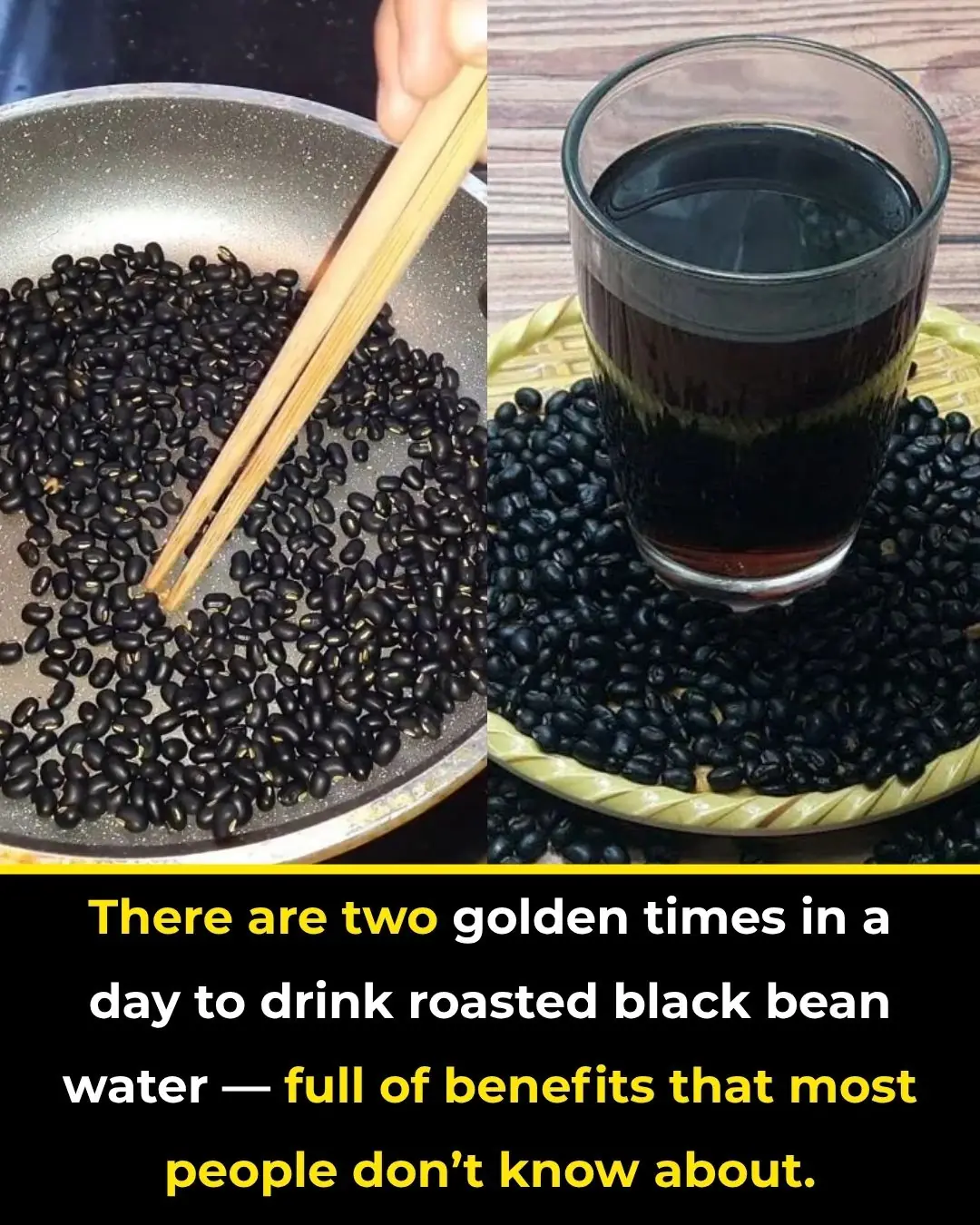
Two Golden Times of the Day to Drink Roasted Black Bean Water — Full of Health Benefits Few People Know

Stop Throwing Away Silica Gel Packets — 12 Smart Ways to Use Them at Home

12 Fast-Growing Shrubs That Create Natural Privacy

Stop Pulling Out Dandelions — Here’s What You Should Be Doing Instead

10 Common Watering Mistakes That Could Be Killing Your Plants

No One Told Me About This: The Secret to Year-Round African Violet Blooms

You See Everyone's Faces?": Erika Kirk Sparks Uproar After Trump Pulls Her In for Oval Office Kiss – and the Rooms -Reactions Has Fans Zooming In

‘The Feds Raided My Damn Door’: Funny Man Agent Ratliff, Known for Showing Up to Prank Bosses After Employee Complaints, Is Now Being Sued

Teachers vow to kick out kids chanting '6-7' in the classroom. here's what the term means
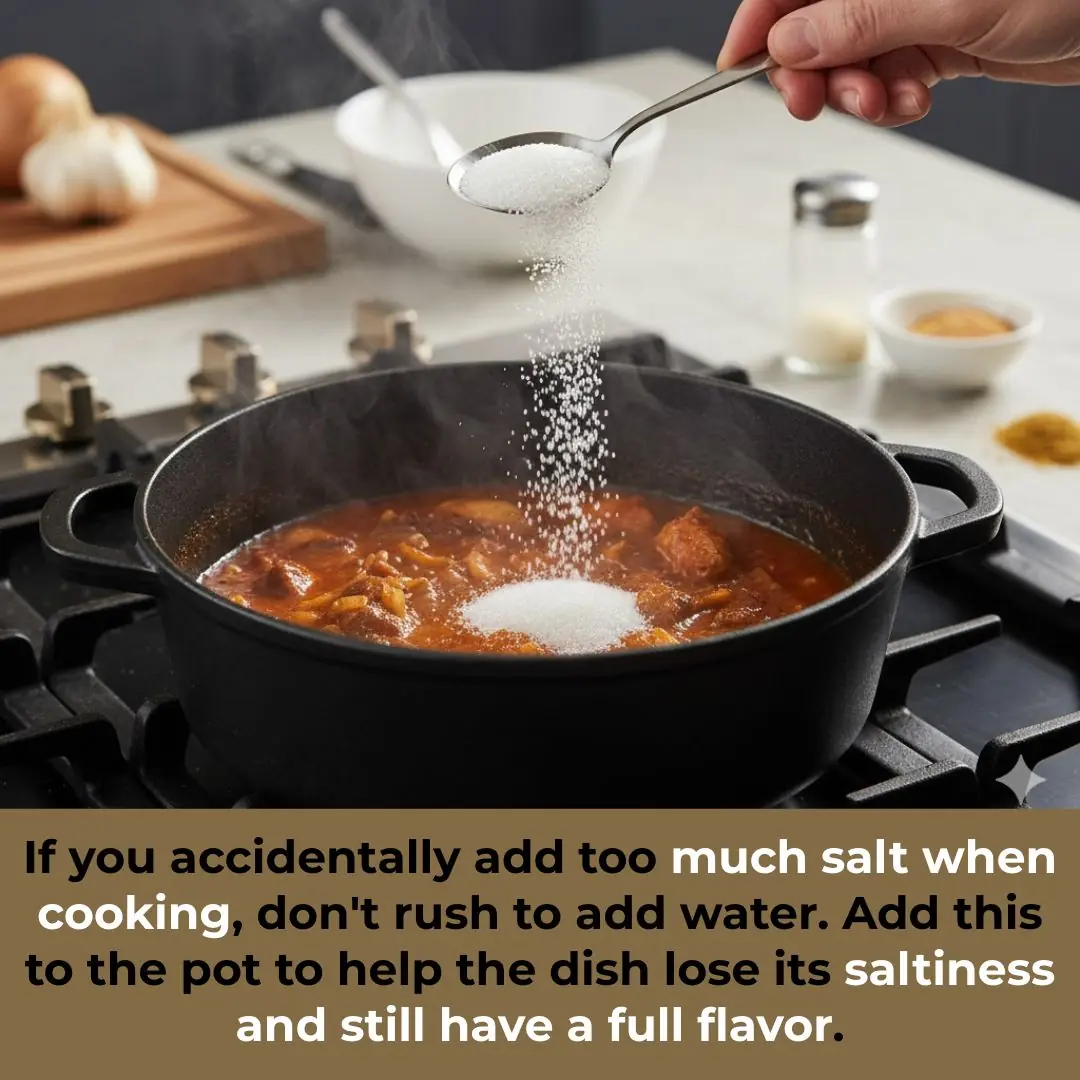
Tips If You Accidentally Add Too Much Salt While Cooking

Alfie Boe on taking psychedelic drug after breakdown of 16-year marriage: ‘I was in a difficult place’

Inside James Morrison’s heartbreaking private life – from death of three family members to partner taking her own life

Strictly Come Dancing hits the halfway point with tears, 10s and terrible music choices!

Jeremy Renner fires off cease-and-desist letter to Yi Zhou, claims filmmaker pursued him despite shocking allegations

‘He Might Forget’: Trump’s Golf Outing Has Fans Zooming In on His Body — and the Bold Lettering Across His Chest Has Everyone in Stitches

‘Tone It Down’: Ice-T’s 9-Year-Old Daughter Has Had Enough of Coco’s Explicit Pics — and What Coco Told Her Has Fans Doing Double-Takes

‘Hope It’s Big Enough’: Hollywood Actress Sends Trump a Brutal White House ‘Delivery’ — and One Detail All But Guarantees He’ll Respond

‘Is This True …’: Trump Had No Clue a Dangerous Situation Was Unfolding — and By the Time It Reached Him, His Team Was Already Scrambling
News Post
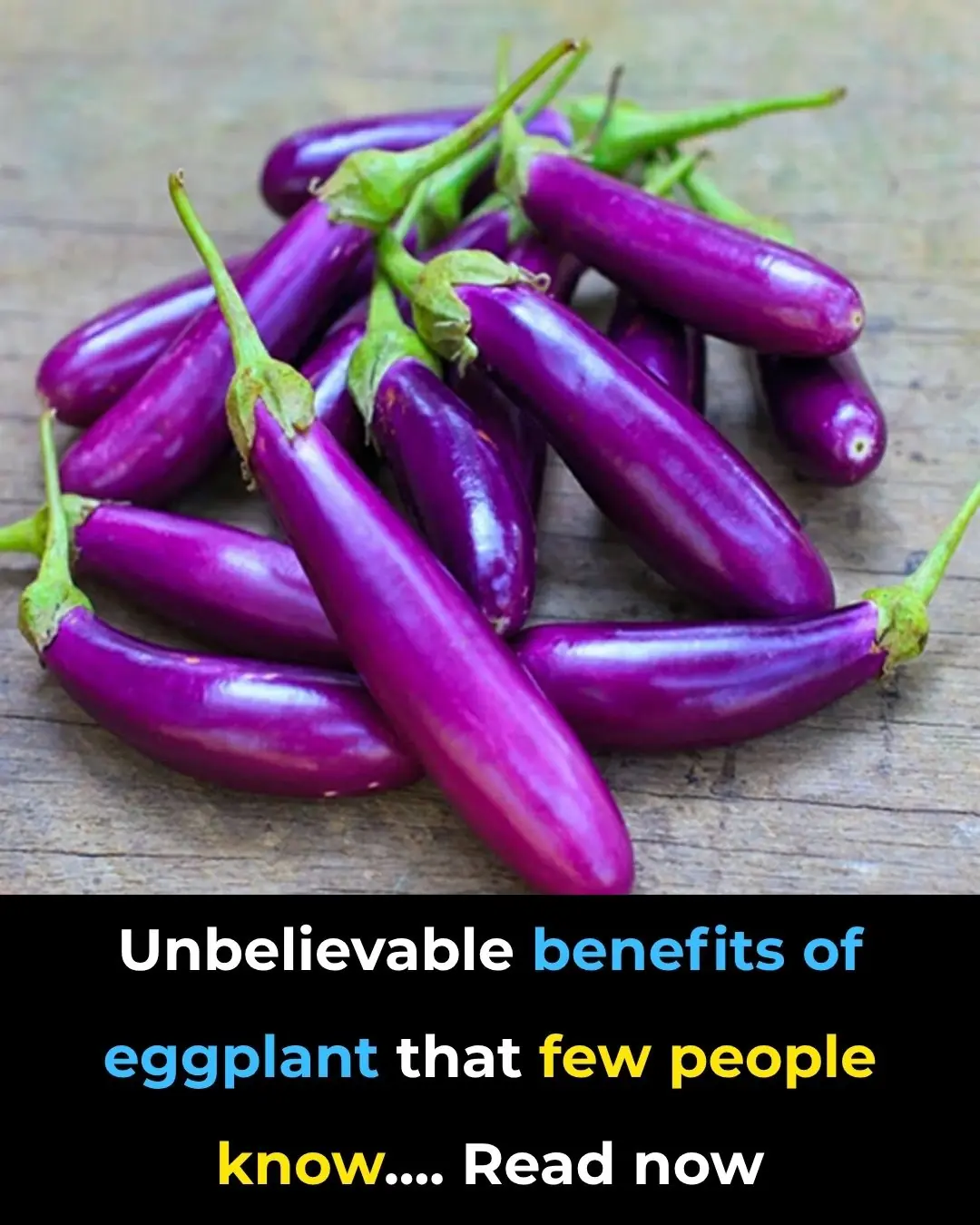
The Underrated Powerhouse: Why Eggplant Deserves a Spot on Your Plate

Lowering Your Car Windows: A Life-Saving Tip When Driving Across Bridges

Two Golden Times of the Day to Drink Roasted Black Bean Water — Full of Health Benefits Few People Know

Stop Throwing Away Silica Gel Packets — 12 Smart Ways to Use Them at Home

12 Fast-Growing Shrubs That Create Natural Privacy

Stop Pulling Out Dandelions — Here’s What You Should Be Doing Instead

10 Common Watering Mistakes That Could Be Killing Your Plants

No One Told Me About This: The Secret to Year-Round African Violet Blooms

You See Everyone's Faces?": Erika Kirk Sparks Uproar After Trump Pulls Her In for Oval Office Kiss – and the Rooms -Reactions Has Fans Zooming In

‘The Feds Raided My Damn Door’: Funny Man Agent Ratliff, Known for Showing Up to Prank Bosses After Employee Complaints, Is Now Being Sued

My nana swears by this 1 ingredient to get the cleanest windows ever

I had no clue about this!

My nana taught me this hack to get rid of lawn burn from dog pee in 5 mins with 0 work. Here’s how it works
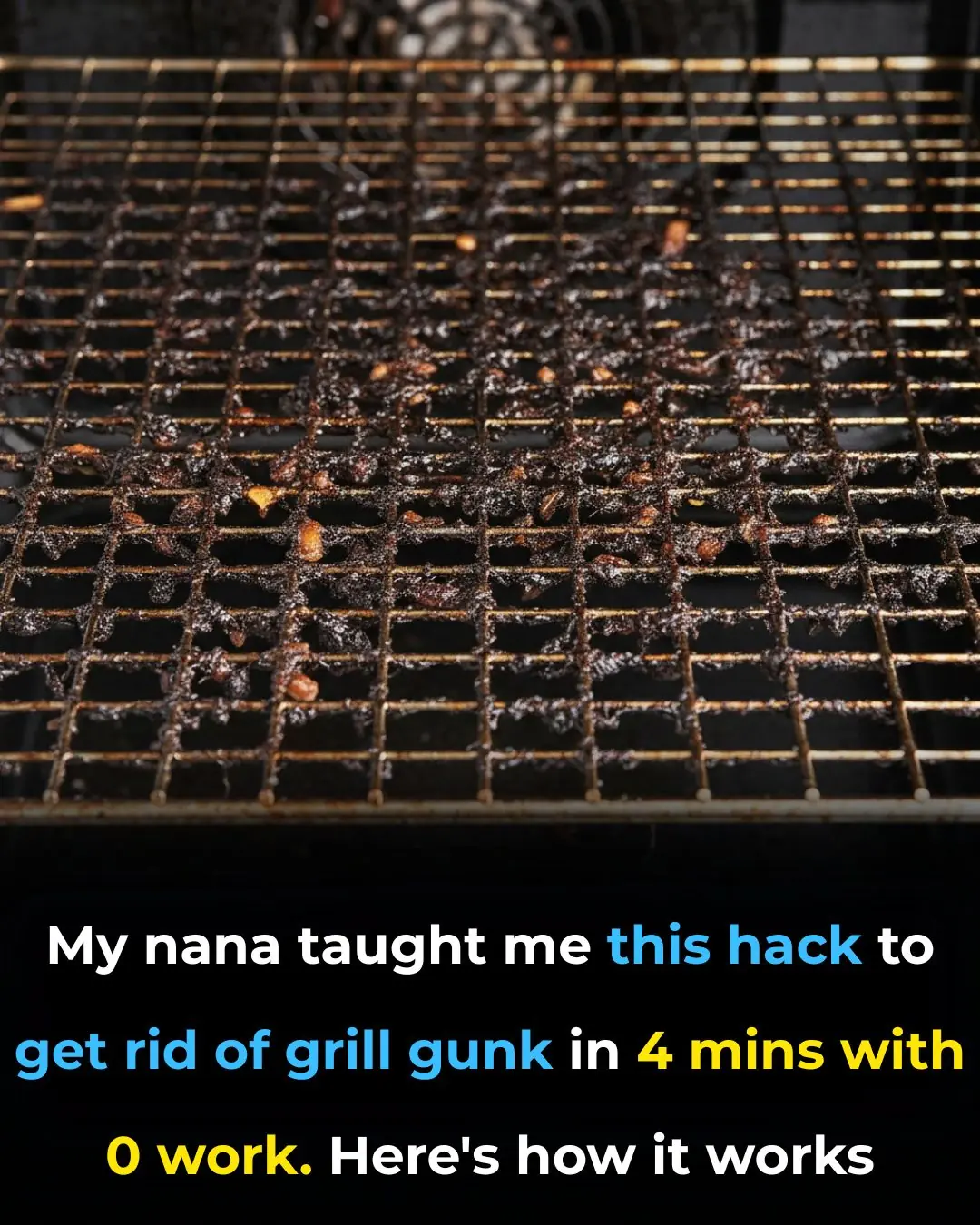
My nana taught me this hack to get rid of grill gunk in 4 mins with 0 work. Here’s how it works
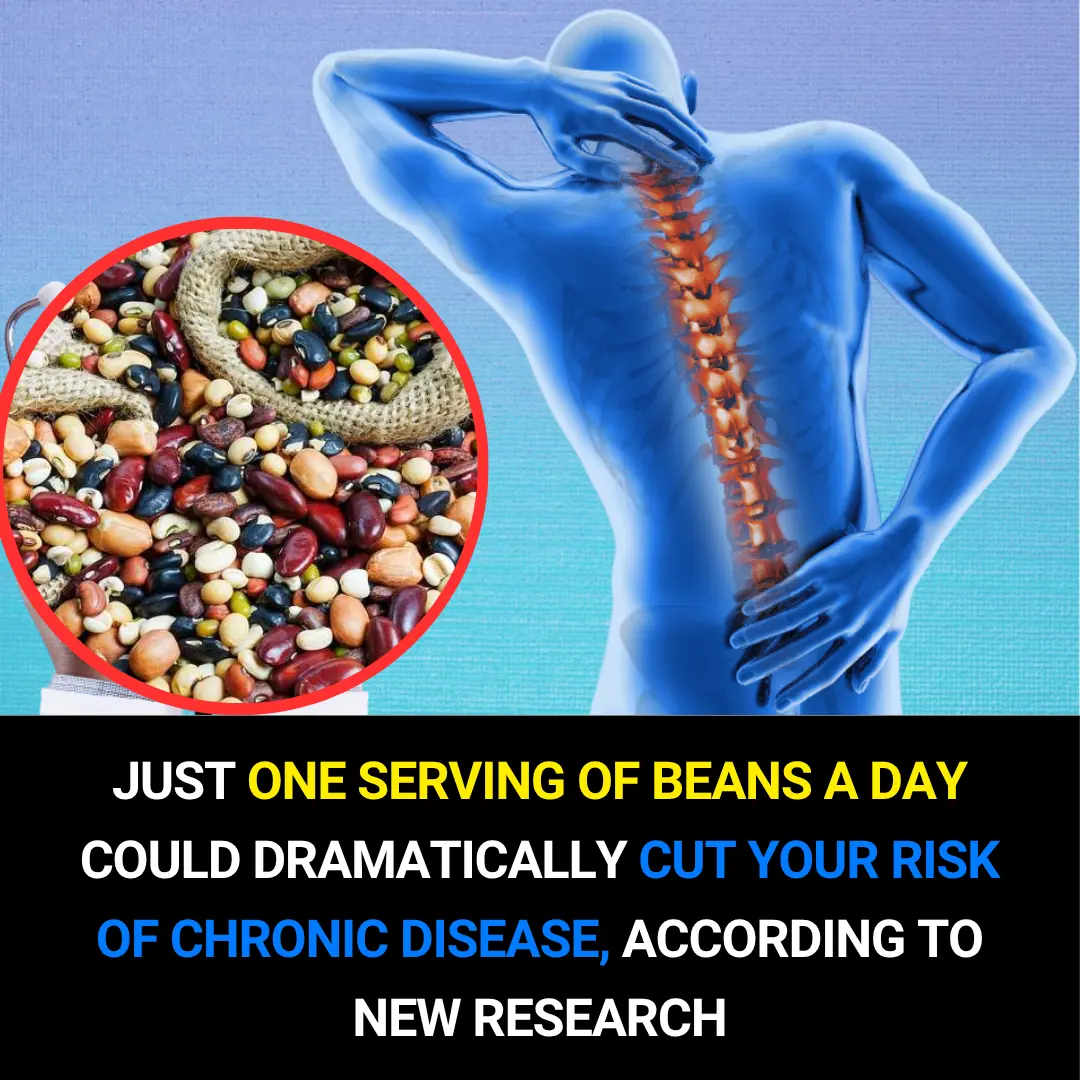
Eating Beans Daily Slashes Your Risk of Heart Disease and Diabetes, Study Finds
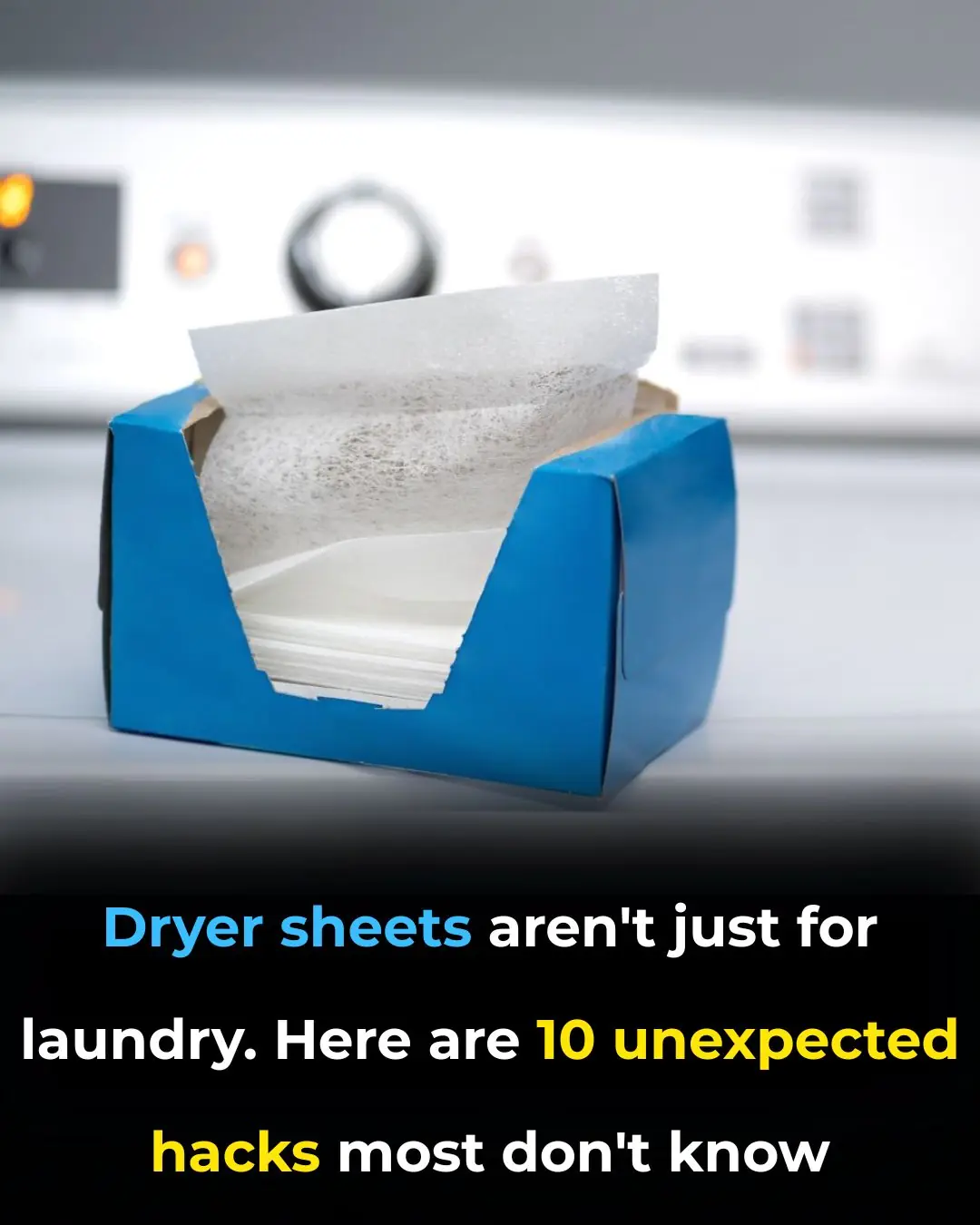
These ideas are amazing

Most do this wrong. Here’s how often to sanitize everyday surfaces

The Shocking Truth About Vitamins and Blood Clots in Your Legs
